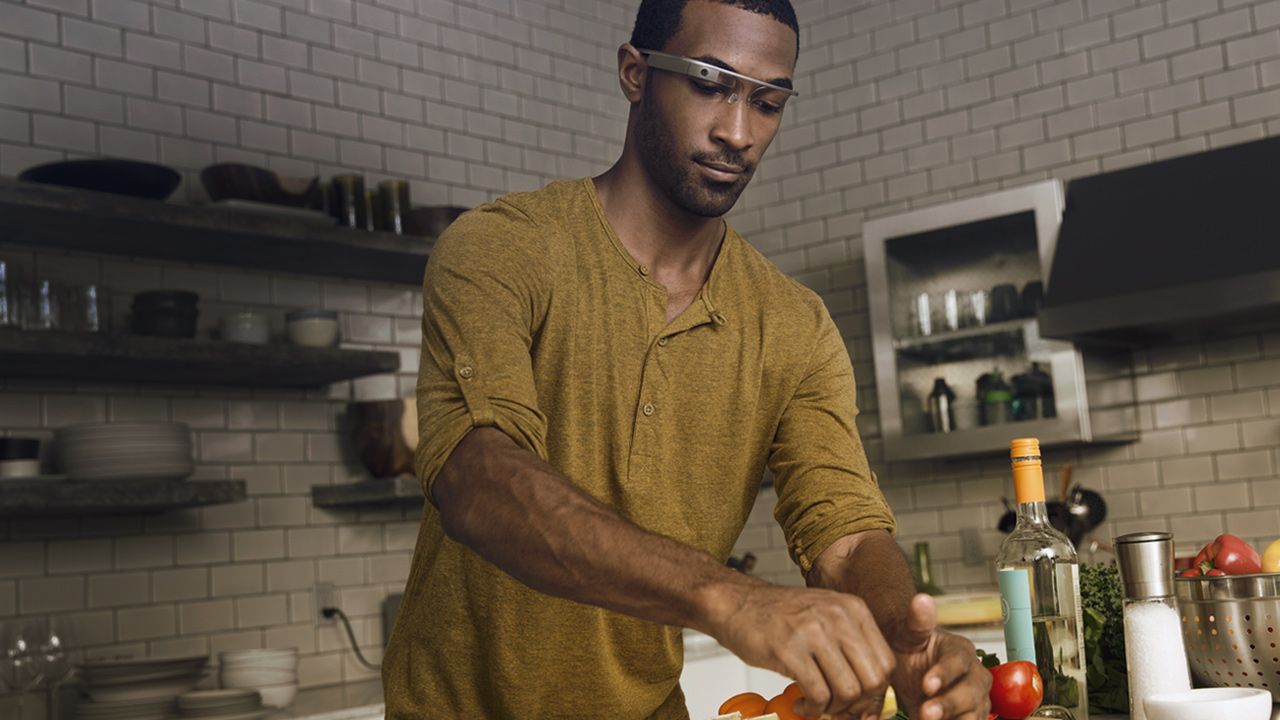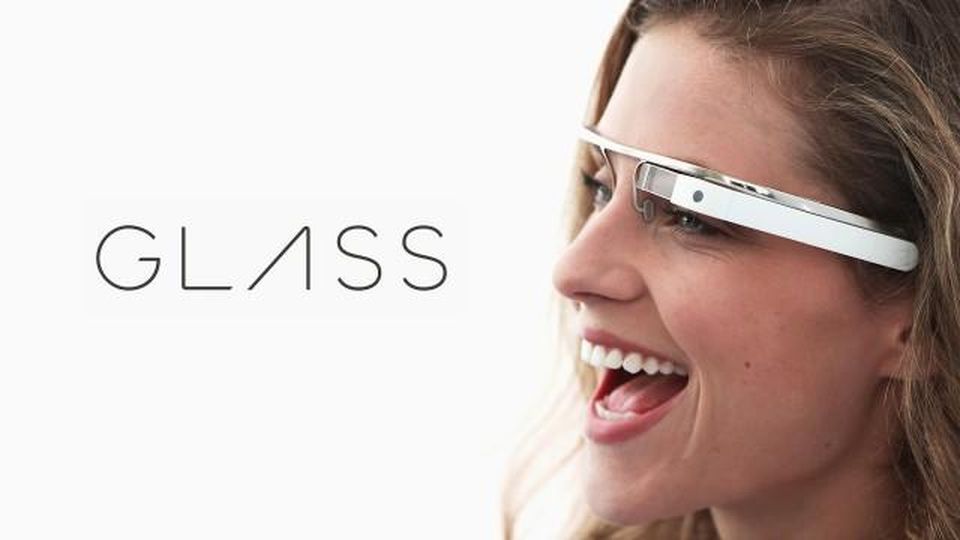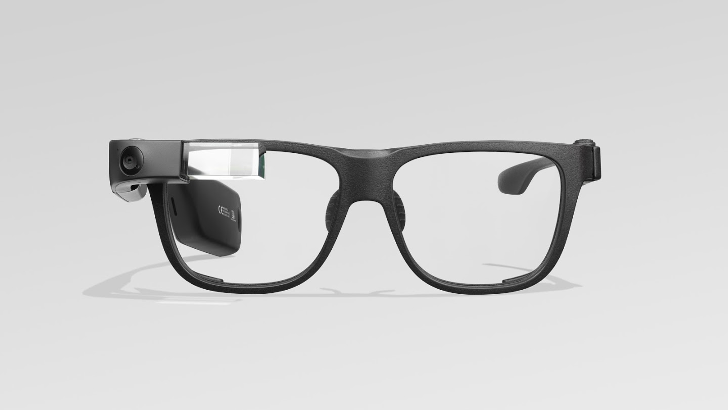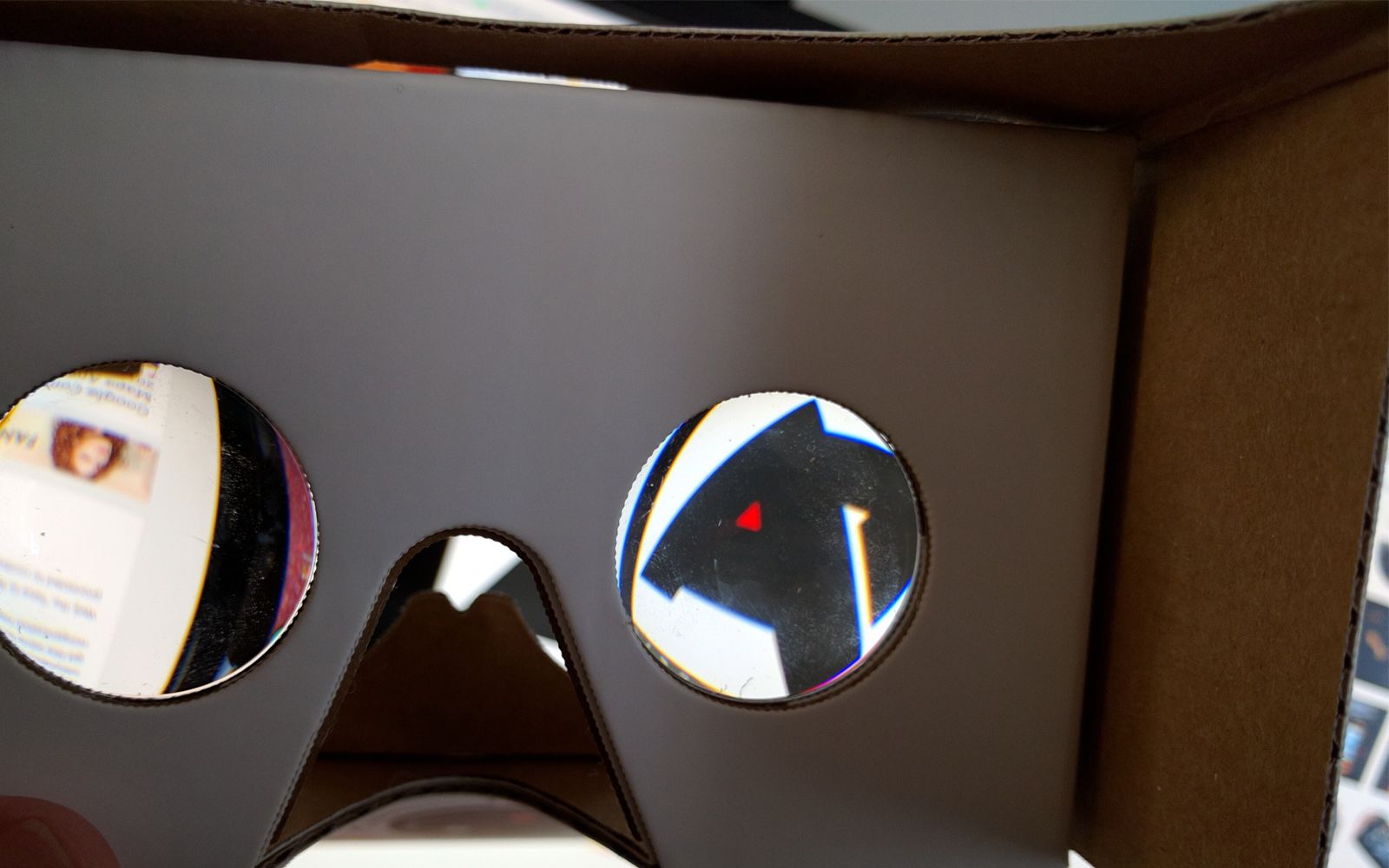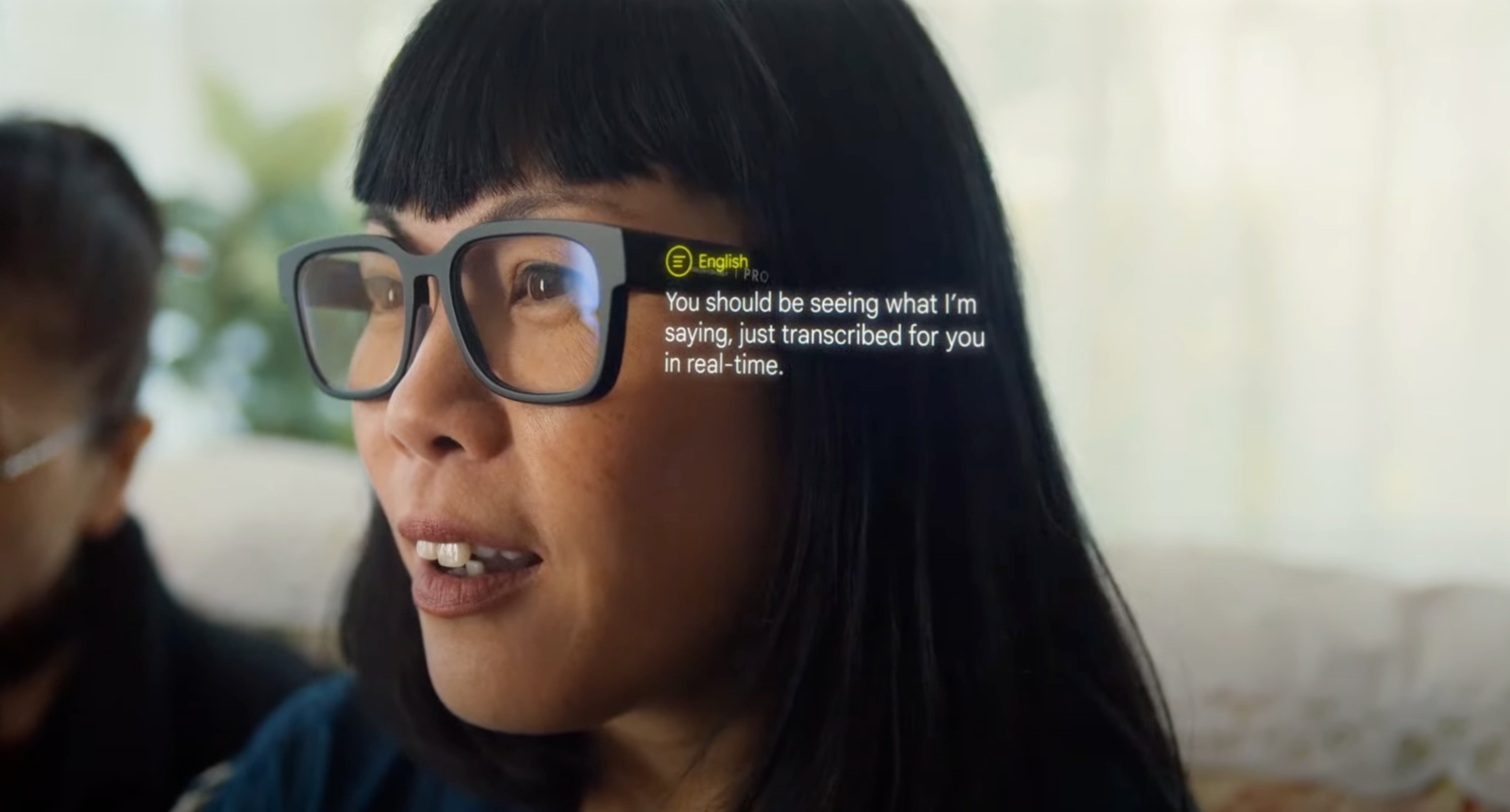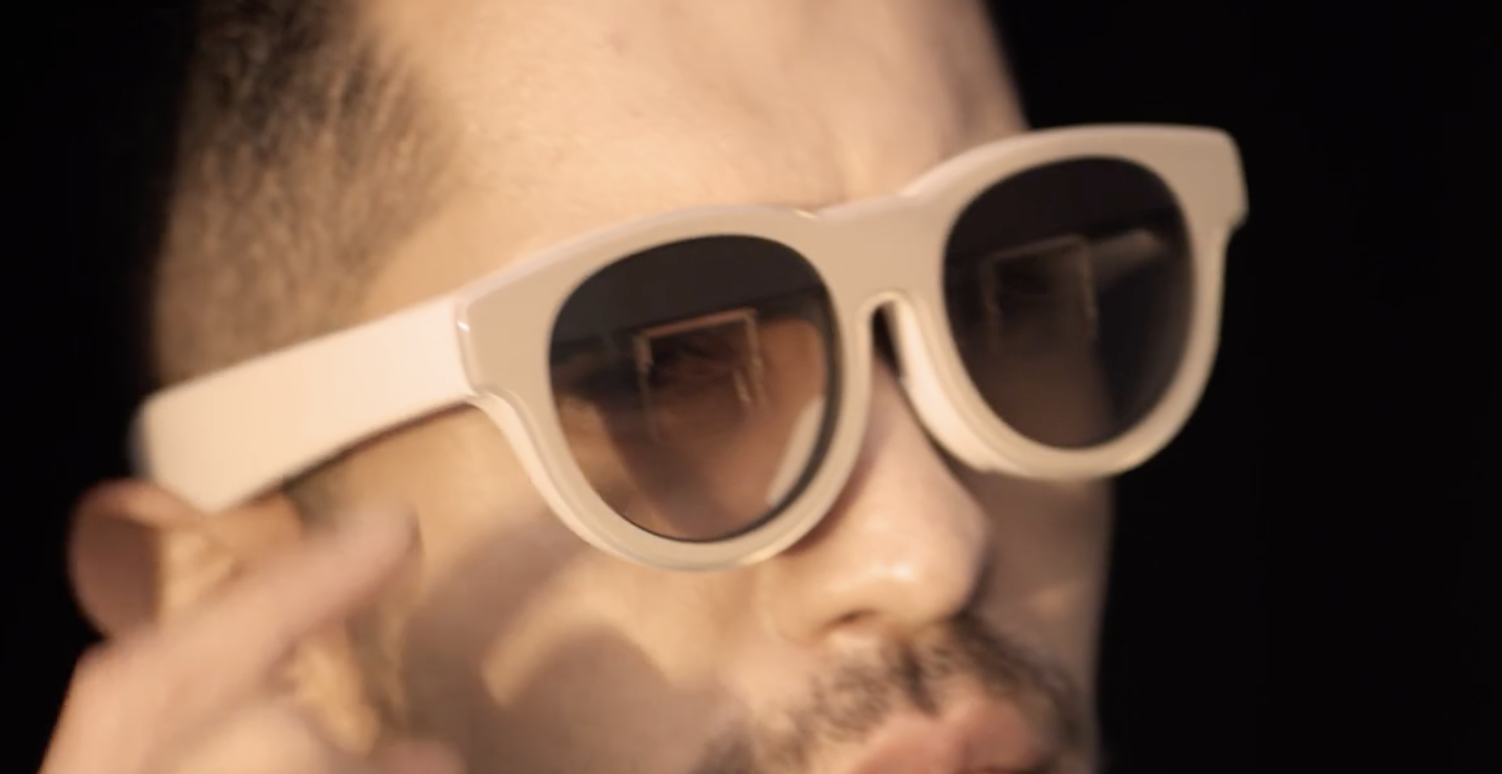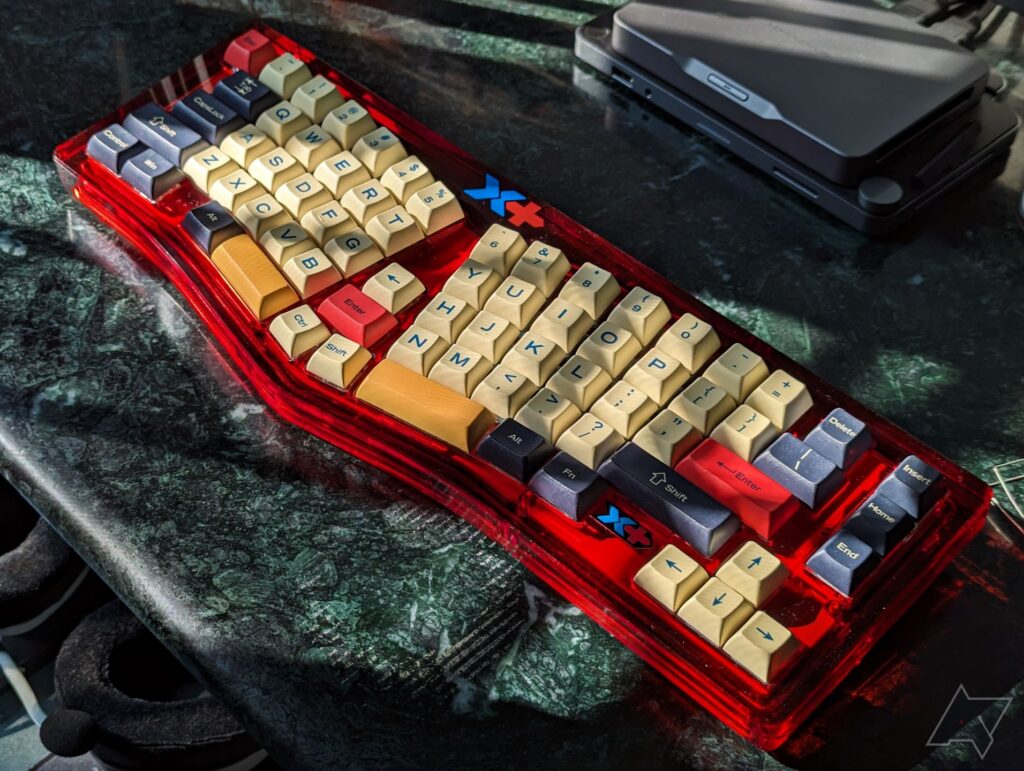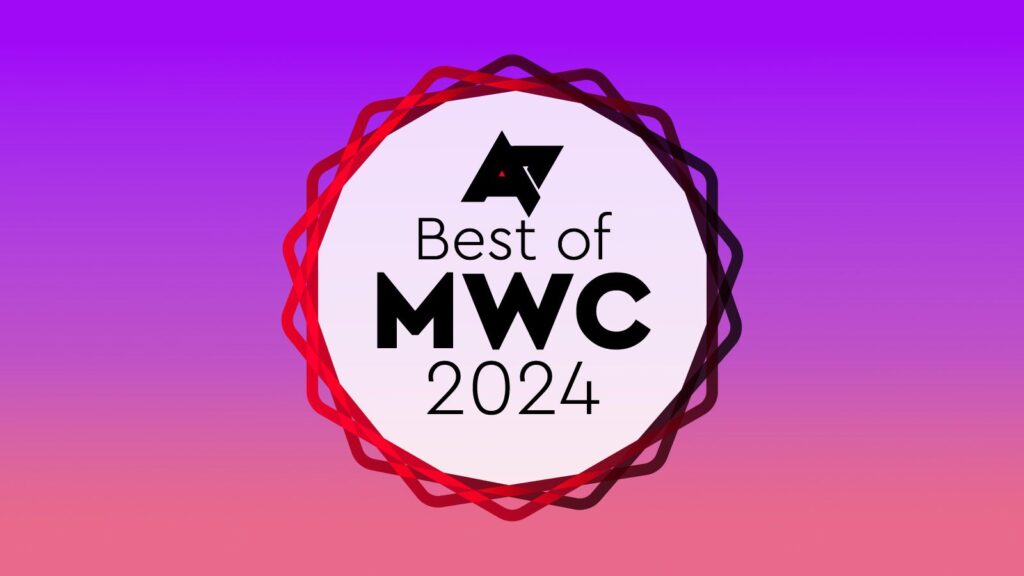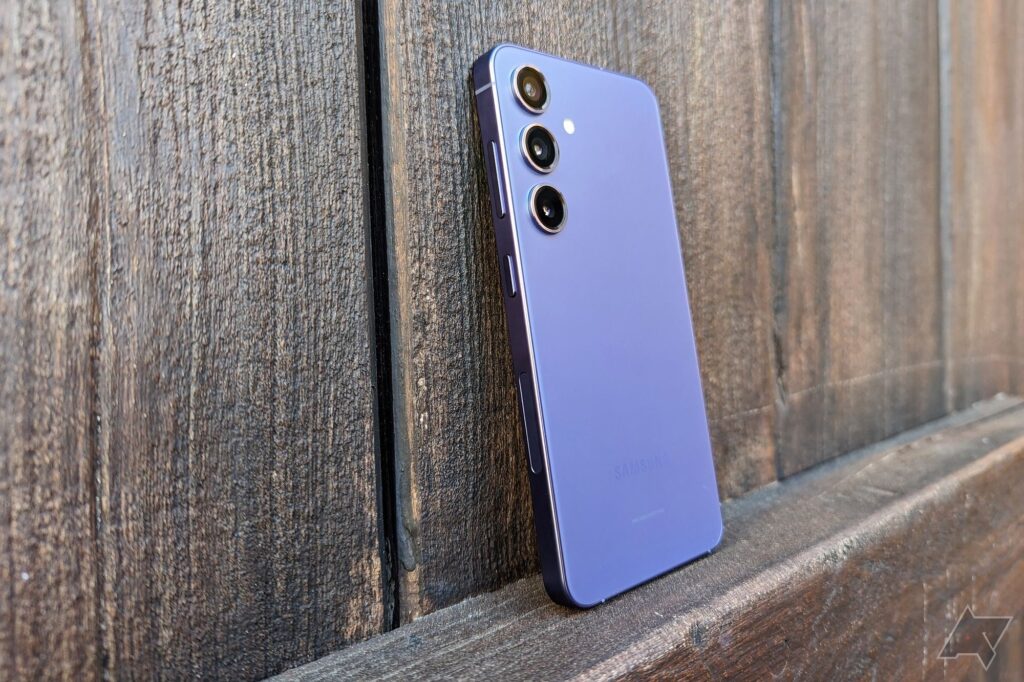When Simon Greenwold coined the term “spatial computing” in 2003, modern-day AR, VR, and XR headsets were nothing more than a pipedream. However, in 2012, Google took the world by storm by introducing the world’s first augmented reality head-mounted display. Dubbed Google Glass, it set the stage for a new breed of mixed reality devices in motion. A decade and then some later, Google has practically exited the category, and Apple has legitimized it with the launch of the Vision Pro. While it’s not the first spatial computing headset on the market, the launch of the Vision Pro is proof of the company’s faith in a future where wearable computers will be the norm.
With that in mind, let’s take a stroll down memory lane to look at the history of Google’s AR and VR efforts that set the stage for modern spatial computing hardware.
2012: The birth of Google Glass
The foundation was solid, but where would the tech lead us
The year was 2012, and Google’s annual developer conference was in full swing. Hot on the launch of its first tablet, the Nexus 7, and the ill-fated Nexus Q digital media player, Google gave the world a sneak peek at the company’s vision of the future of computing — Google Glass.
Straight out of Star Trek, unlike today’s bulky head-mounted units, Google’s smart glasses took inspiration from Dragon Ball Z’s Scouter. The headset combined a prism-like heads-up display with an Android-based operating system to augment real-world interactions. Designed as a companion for smartphones, the headset could overlay map directions on real-world markers, let you read and reply to messages from the corner of your eye, and, of course, take pictures. The first Google Glass was exclusively marketed to developers and those who could stomach its $1500 price.
Despite the relatively limited feature set, the first generation of Google Glass was a rather impressive showing. Touch and voice-based interactions were vital to interacting with the device. Moreover, the headset even included head and eye tracking for rudimentary gestures. Google designed Glass as an all-day companion, and it lasted as long as eight hours on a single charge. While the app ecosystem for the wearable was predictably limited, it covered many of the obvious use cases like pulling up recipes, translating texts, or browsing web pages and even YouTube.
However, incredible as it was, the headset was met with an equal share of criticism. The headset encouraged users to disregard social norms and check on texts or browse the internet while having real-world interactions. The head-mounted camera, in particular, was frequently called out and gave rise to the term ‘glasshole’.
Still, Google decided to go ahead with its plans to launch the headset publicly in the US and UK as part of its Glass Explorer program. The path forward was clear; the age of augmented reality headsets and smart glasses was about to come real.
Best smart glasses in 2024
Make your eyewear smarter
2014: Democratizing VR with Google Cardboard
The most accessible VR headset Google has ever made
Google’s second experiment with VR and AR headsets was the polar opposite of Google Glass. Instead of trying to create a vision of the future, Google Cardboard’s goal was to make virtual reality experiences accessible at dirt-cheap prices. Now, before you get ahead of yourself, in no way was Google Cardboard about to replace full-fledged VR headsets like the HTC Vive or Oculus Rift. In fact, the VR headset was little more than a cardboard box to place your phone in and lenses to simulate a VR effect.
All the processing was done on the phone, and the quality of your experience was determined mainly by it capabilities. Despite that, Google Cardboard democratized VR experiences in environments like education. Apps like Google Expeditions encouraged educators to take students on trips to museums or the exotic locales like the Grand Canyon. Other apps allowed students to paint in 3D space or view 3D renditions of works by masters like Hieronymus Bosch. The cardboard-based design encouraged users to interact with the headset and figure out how it worked. In fact, Google even distributed the schematics of the headset for free, allowing anyone with some spare time and a piece of cardboard to craft their own.
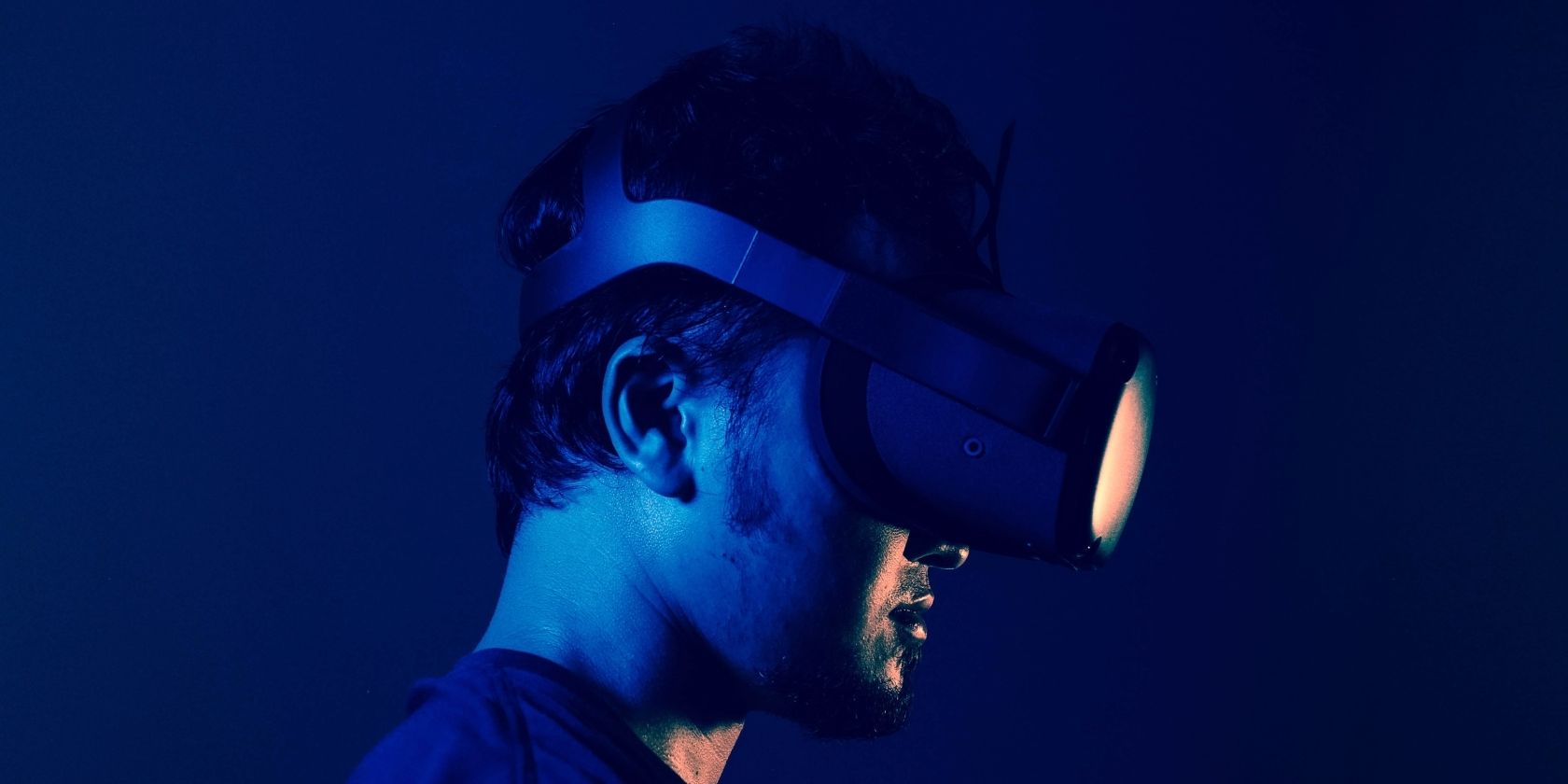
AR, VR, XR: What’s the difference?
Let’s define reality with a close look at AR, VR, MR, and other technologies to see what they mean
2015: Google Glass for consumers canceled
Glass is out. So what comes next?
Source: Google
By 2015, it was clear that public opinion about Google Glass was far from positive. More importantly, there was a dearth of real-world use cases that couldn’t be served equally well by a much more discrete smartwatch. Be it the extremely high price point or the sci-fi design, the writing was on the wall. But perhaps the most significant detriment was the social connotation of using the Google Glass in public. The term ‘glasshole’ had become lingua franca, and it just wasn’t considered cool to wear one while out and about.
By mid-January 2015, Google had canned the Glass Explorer program. That’s not to say that it was the end of Google Glass, it lived on as an enterprise offering and was fine-tuned for industrial operations, but everyday consumers were no longer a focus.
2016: A more premium take on smartphone VR
Cardboard evolves into something much more comfortable
Having taken a stab at low-cost VR with Cardboard, Google’s second attempt at VR was slightly more premium. The Google Daydream was conceptualized more as a platform, instead of just shoehorning a phone into a cardboard box. Packaged with a controller, the VR headset prioritized comfort and was wrapped with a cloth material. It even included nice to-haves like NFC for initiating Daydream mode on the phone.
The Daydream platform was designed to be much more than just VR apps running on a phone. It included a host of optimizations built into Android Nougat that significantly improved the VR experience. When triggered via NFC, Daydream mode allocated a CPU core specifically to the VR interface and reduced the render-to-screen latency down to 20ms. Moreover, phones had to be certified to be deemed Daydream compatible.
The platform gained a decent amount of support from mainstream services like HBO, Netflix, and Hulu, and launched with titles like Need for Speed VR. On its part, Google put in the effort to create a VR version of the Play Store that allowed users to browse apps in 3D. Additionally, Google Street View and YouTube apps were ported over with 3D support for more immersive viewing experiences. Finally, apps like Tilt Brush that let you paint in a 3D space were launched to rave reviews. The Daydream platform was off to a good start.
2017: Building an AR ecosystem with ARCore
A new foundation is set, and it’s still used to this day
Source: Google
Before ARCore, there was Project Tango — Google’s short-lived 2014 project to make AR-sensing capable phones a thing. While Tango gave birth to a whole two smartphones — the Lenovo Phab 2 and the Asus Zenfone AR — it was clear that the hardware wasn’t ready for it, and developer uptake was negligible.
So, by 2017, Google merged the Tango team into its broader VR team and launched ARCore. Built as a set of APIs and a software development kit, ARCore was designed to ship at scale with a target of 100 million supported phones by the end of 2017. The software kit allowed developers to use existing hardware on the phone, including the cameras, gyroscopes, and more, to achieve six degrees of freedom. This allowed the phone to understand its position relative to the world around it, track it, and keep objects in place. Unlike Tango, ARCore couldn’t calculate depth at launch due to the missing time of flight sensor and IR illuminator in most phones. However, it was still capable of sensing the environment, detect flat surfaces, and allowing users to place objects on said surfaces.
ARCore continues to be the bedrock of Google’s AR on phones efforts.
2017: Google Glass Enterprise Edition announced
Glass lives on in the corporate world
Source: Google
Remember Google Glass? Gone but not forgotten, Google’s first foray into AR-capable hardware made a comeback in 2017. Sporting an upgraded form factor and specs to match, this time, the augmented reality headset was targeted squarely at enterprise users. The improved 8MP camera, better battery life, faster Wi-Fi, and processor were key to its use in factory operations. Equally important was the modular design of the glass that allowed it to be clipped onto Glass-certified prescription glasses and safety goggles.
Right out of the gate, the wearable was deployed by the likes of Boeing, DHL, and others in operations, with Google claiming that the revamped wearable was no longer an experiment. Instead, it was a full-on production in collaboration with partners.
In 2019, Google upgraded the hardware significantly and swapped the Intel Atom processor for a Qualcomm Snapdragon XR1 chipset that allowed for more powerful applications. Other improvements included additional sensors, a bigger battery, and water and dust resistance. Having found moderate success in logistics, manufacturing, and field services, the Enterprise Edition 2 picked up support for Android’s Enterprise Mobile Device Management to gain more support in corporate environments.
2021: The end of smartphone-based VR
Google gave up on building VR headsets after a lack of interest
While Google delivered its promise of democratizing VR experiences, there wasn’t much interest for smartphone-based VR headsets. Google killed the Daydream headset quickly enough in 2019 and removed Daydream support from the Pixel 4 and Pixel 4 Pro phones. The Google Cardboard, however, trudged along a little longer as an education tool and a hobbyist platform for enjoying VR experiences on a budget.
However, by 2021, Google was ready to call it quits in the affordable VR headset segment. The Google Cardboard was pulled from the company’s online store due to a lack of demand and consumer traction.
2022: Designing the next generation of wearable AR
This is where the competition got a step ahead of Google
Source: Google
Google quietly signaled its focus areas in AR via a blog post in July 2022. The blog mentioned Google’s intentions to test its AR glasses in public settings to gauge real-world scenarios better.
Rumors around Google’s next big AR push had been circulating for years. However, soon after the announcement, news started trickling out about what would be dubbed Project Iris. Designed as a successor to Google Glass, Iris was rumored to have a ski-goggle shape, a set of high-resolution external cameras, and high-end graphics capabilities. Instead of using on-device processing, it was believed Google would rely on cloud processing to beam down high-resolution graphics. The project was rumored to be led by a team of over 300 engineers and had a star-studded lineup, including the senior engineering director of ARCore, the creator of Google Assistant, the former CTO of Lytro, and many more.
Soon after, in 2023, Google announced it was finally shuttering the Google Glass program due to aging hardware, limited interest, and the potential for new form factors. Of course, it didn’t help that competitors like Magic Leap and Meta Quest had surpassed Google’s work in spatial computing by leaps and bounds. More importantly, the Quest series of XR headsets found commercial momentum, something Google never could.
2023: An ecosystem play with Samsung and Qualcomm
Despite new partners Google’s interests in spatial computing wanes
Source: Google
Google’s work in the AR space saw another setback with news that Project Iris had been canceled. To be fair to Google, it had never publicly confirmed the project. However, Google’s hardware efforts in the AR, VR and XR space were seemingly coming to an end.
Instead, in January 2023, it got on stage with Samsung at the company’s Unpacked event to announce that it was partnering with Samsung and Qualcomm to build an XR headset. Earlier scheduled to launch in 2024, Project Iris is said to have gone through development hell, with several key leaders departing the team. Eventually, Google appears to have pivoted to a software licensing model, similar to Android for its XR project.
2024: Google restructures AR team
Interest has fallen flat as competitors eat Google’s lunch
The final death knell for Google’s hardware efforts in spatial computing came early in 2024. Google announced that it was laying off significant portions of the team that was previously working on Project Iris. From now on, the company plans to focus on product partnerships instead of building its own hardware in the AR space. Its partnership with Samsung is a crucial indicator of where it sees itself in the future.
With the Apple Vision Pro off to a successful launch, it’s easy to call Google’s AR efforts a flat-out failure. However, in many ways, the company was ahead of its time. Consumer acceptance of wearables is much higher than when Google Glass launched. Similarly, nobody would scoff at the idea of a wearable camera. Meta has found reasonable success with its camera-equipped sunglasses, and the idea of a Google Glass-styled wearable would find much better consumer feedback today.
While it remains unclear when we’ll finally get to see Google’s next big play in AR, it remains likely that Google will stay out of the hardware race. Instead, it is expected that the company will license out its AR software to partners like Samsung. Unless, of course, it ends up as yet another product in the company’s ever-growing pile in the Google graveyard.
